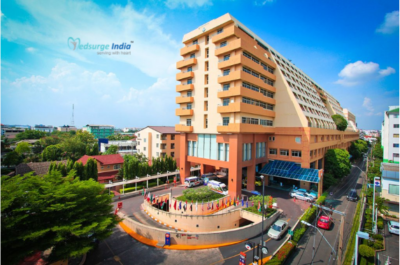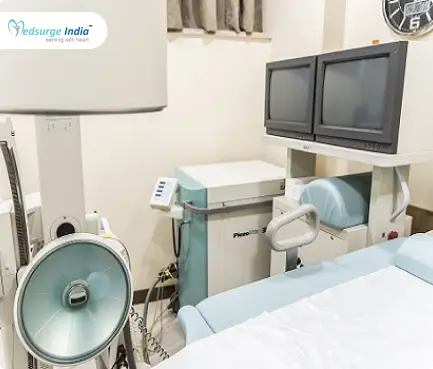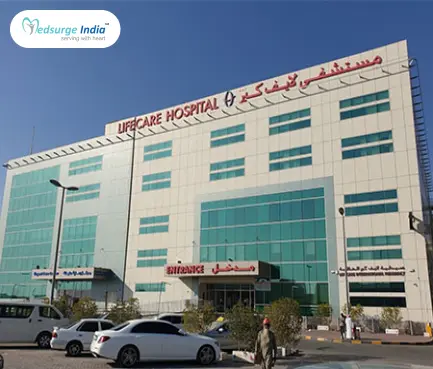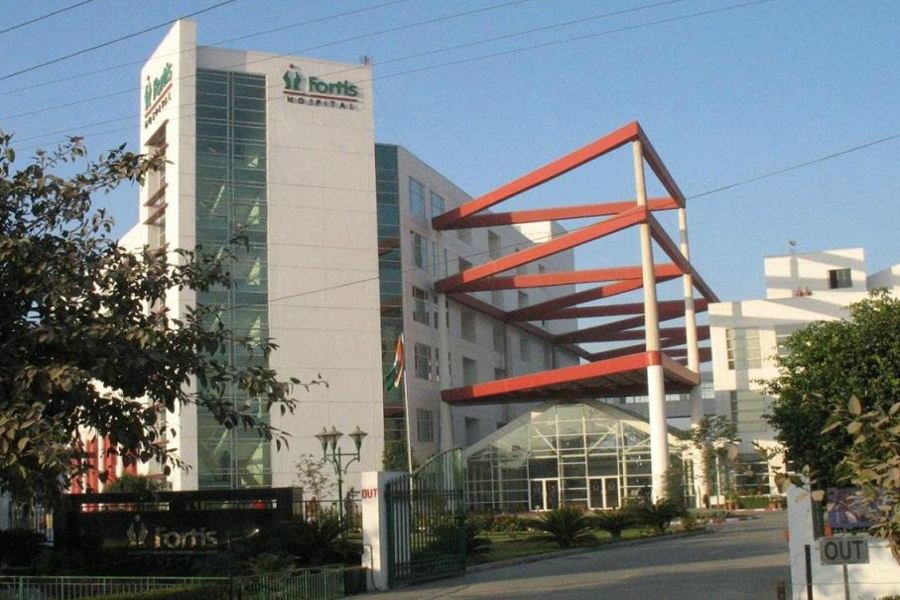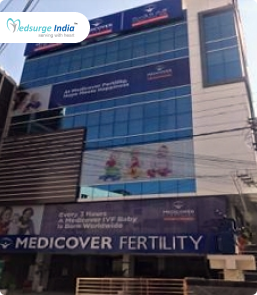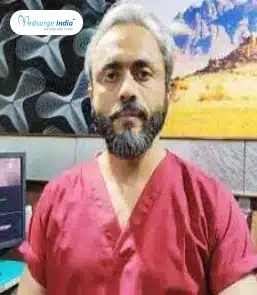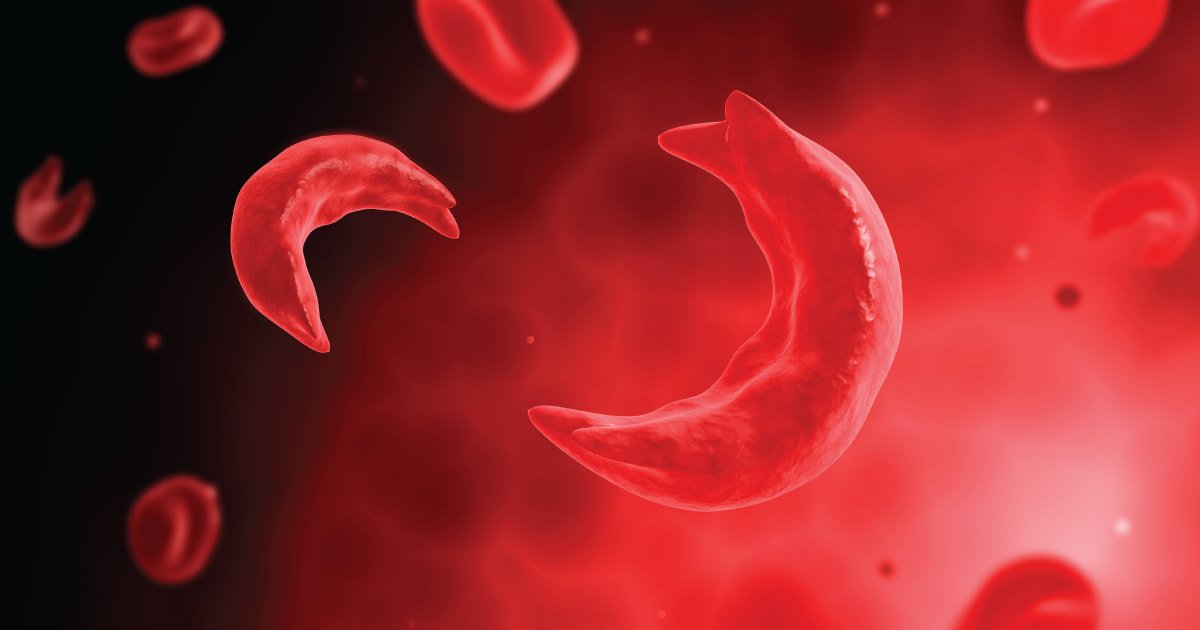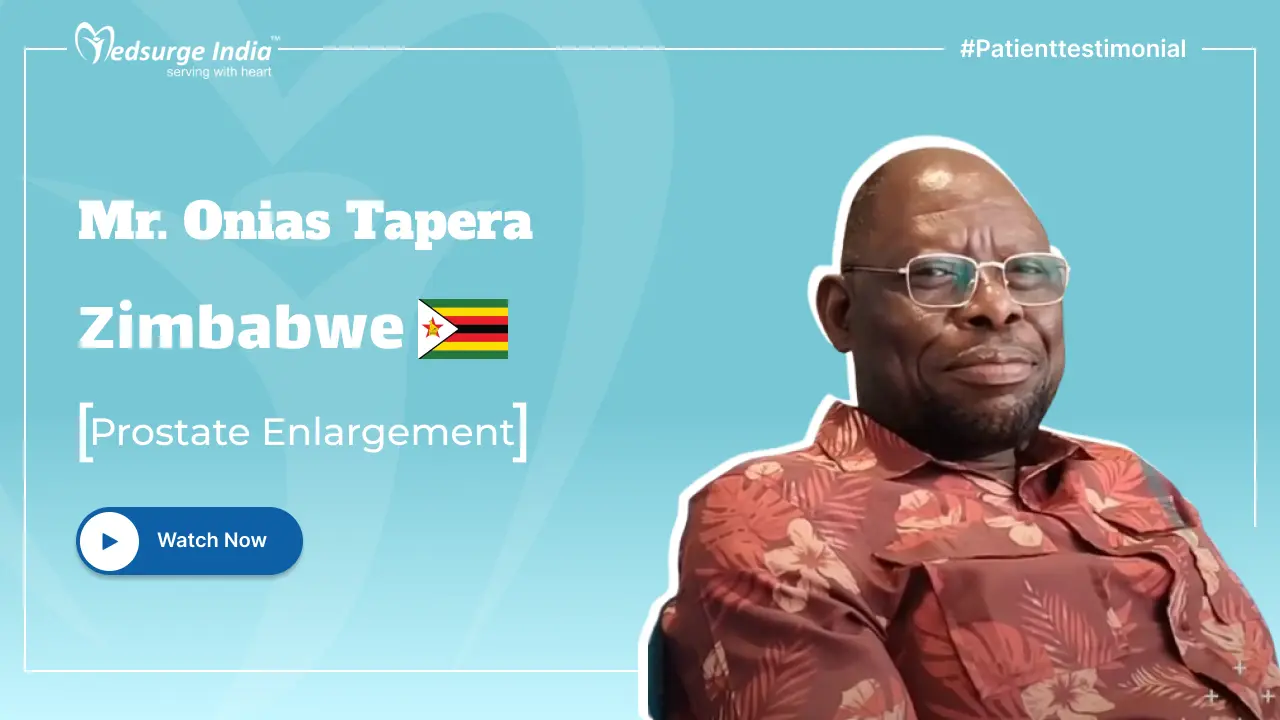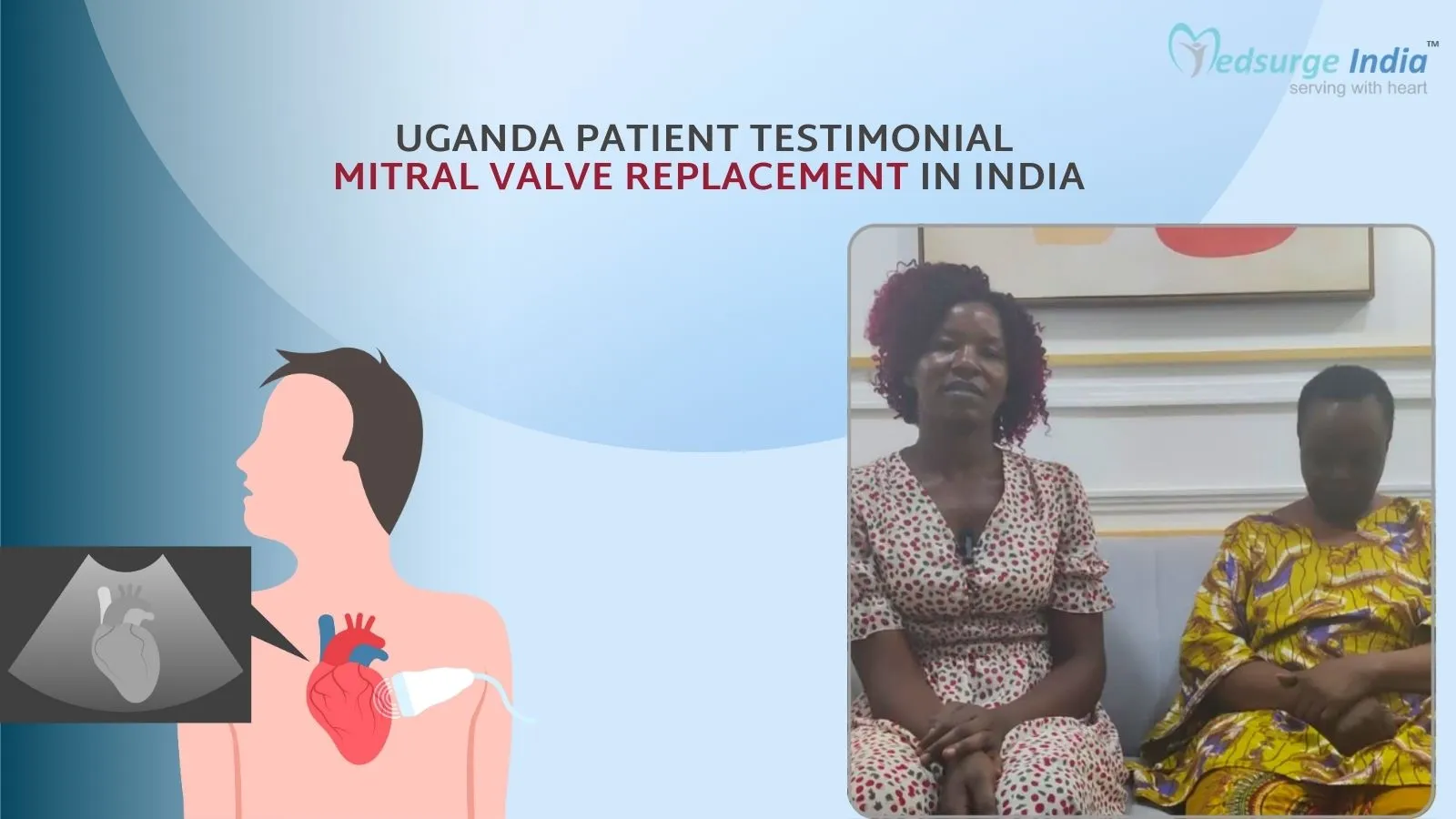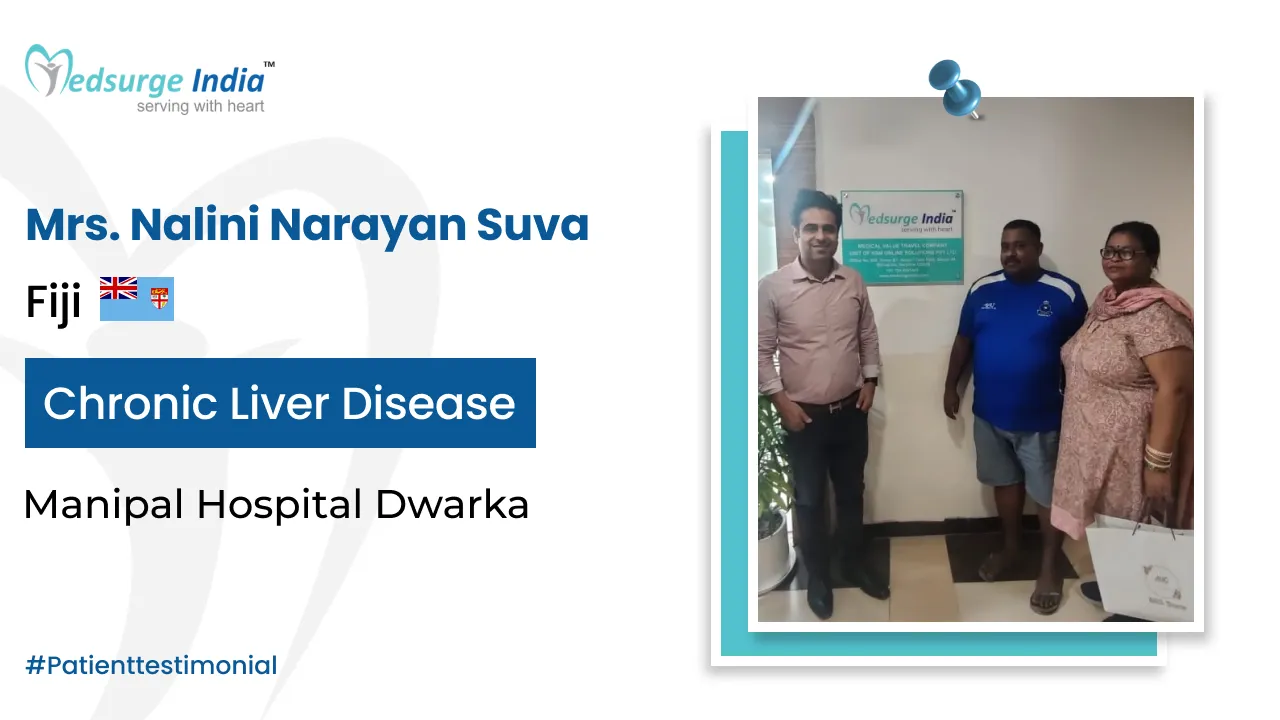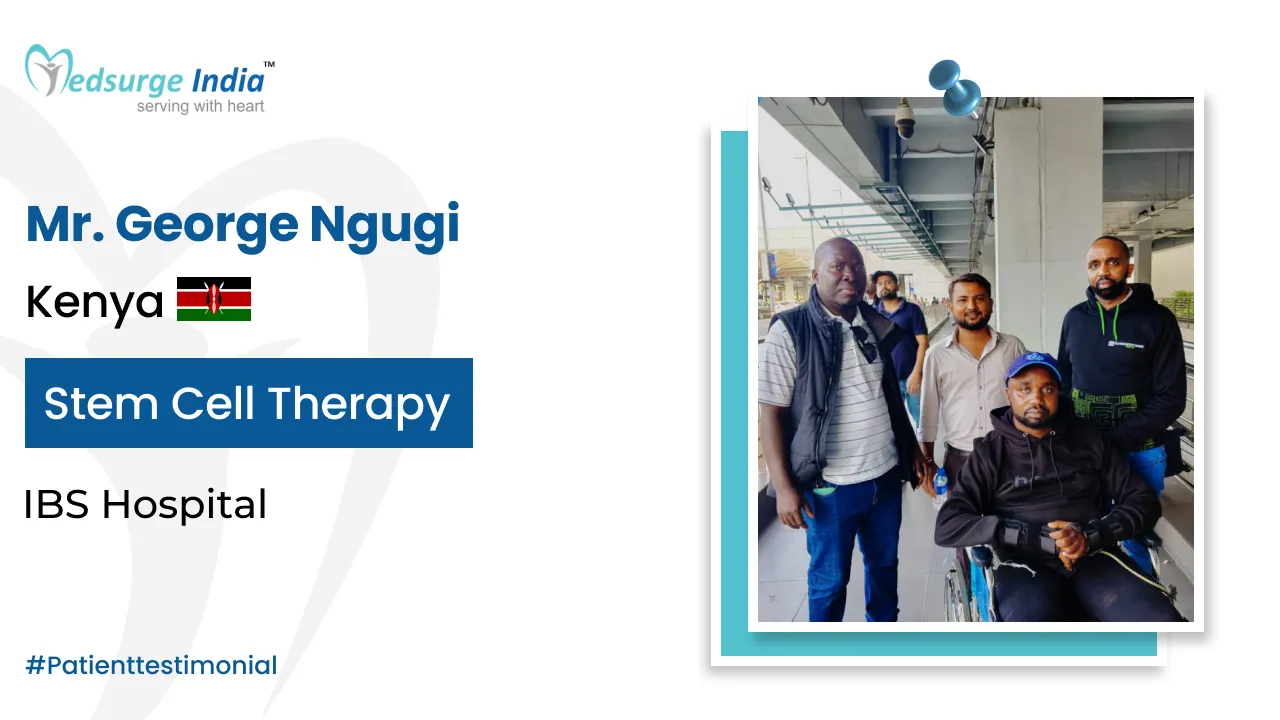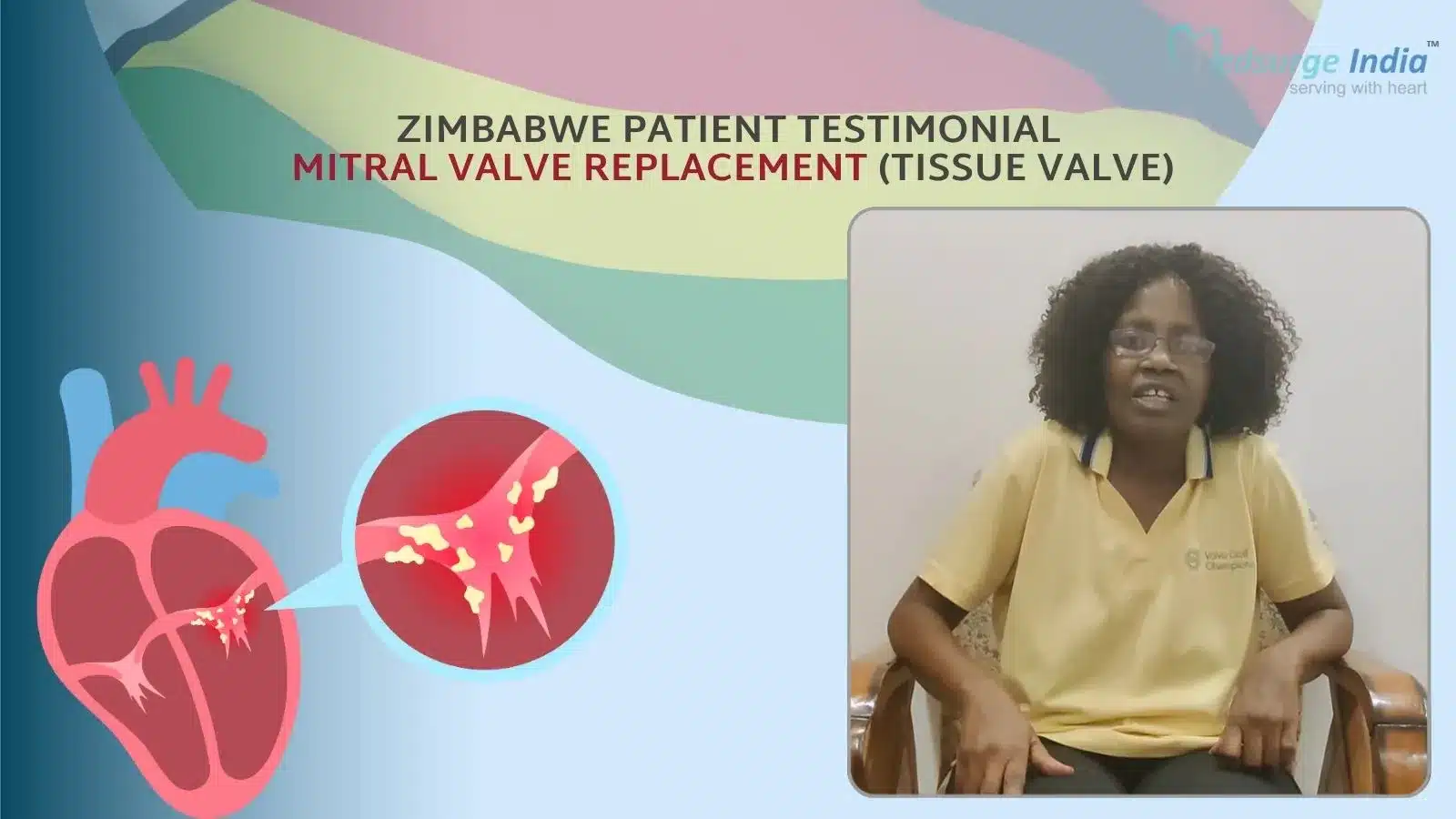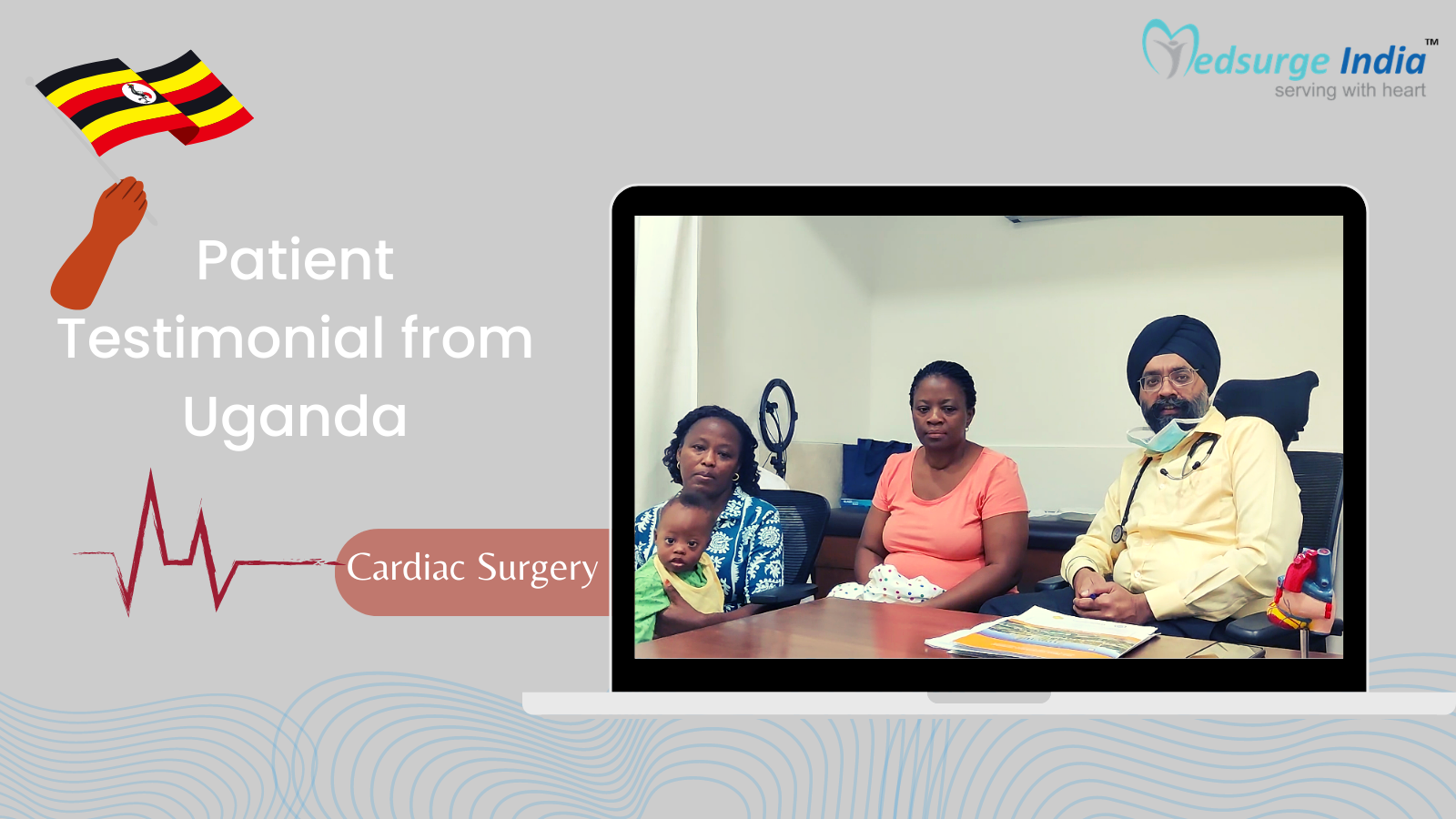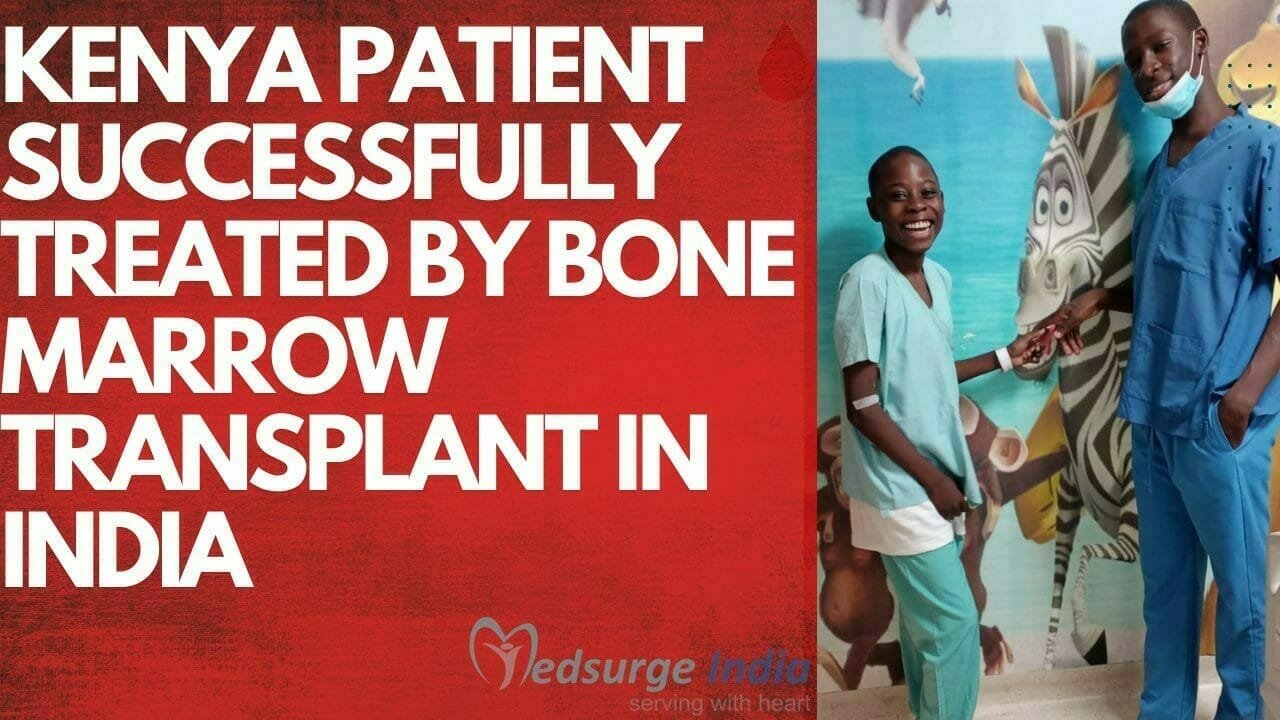
Wilms’ tumor is also known as nephroblastoma, is the most common kidney cancer majorly found in children below 5 years of age. However, the chances of Wilms’ tumor after 6 years of age decreases but it could occur among older children too.
Wilms’ tumor commonly affects one kidney of children but in a few cases, it can affect both the kidneys. The prognosis is excellent if treated on time with excellent recovery. Wilms’ tumor treatment cost in India is affordable India but that also depends on how well your body responds to the treatment.
Although Wilms’ tumor could affect anyone but target females more than males.
Wilms’ Tumor Treatment Cost in India
On average, Wilms’ Tumor Treatment Cost in India on average starts from USD 3800. The cost of Wilms’ Tumor Treatment in India will depend on the type of hospital or the location you choose.
Estimates Prices For The Different Types of Treatment for Willm’s Tumor Treatment in India
| Treatment | Starting Price |
| Surgery | USD 4000 |
| Chemotherapy | USD 500 |
| Radiation Therapy | USD 2100 |
Estimated prices depending on different cities in India.
| Cities | Starting Price |
| Delhi | USD 3800 |
| Gurgaon | USD 3800 |
| Noida | USD 3800 |
| Mumbai | USD 4000 |
| Hyderabad | USD 3800 |
| Chennai | USD 3800 |
| Kolkata | USD 3800 |
| Bangalore | USD 4000 |
Note: Remember that the pricing and the treatment for Wilms’ Tumor Treatment cost in India will vary depending on the patient’s choice and other various factors.
Factors That Can Affect Wilms’ Tumor Treatment Cost in India
The following here are some variables that can affect Wilms’ Tumor Treatment Cost in India:
- Medication costs.
- Duration of treatment.
- Geographical location.
- Hospitalization expenses.
- Government policies and subsidies.
- Medical tourism packages.
- Hospital reputation and infrastructure.
- The expertise and experience of medical professionals.
- The type and frequency of diagnostic procedures.
- The choice of treatment modality.
Furthermore, even the standard and grade of medical care and amenities are comparable to those of the most prestigious healthcare facilities in the world, even when the expense of lodging, meals, and transportation is taken out. Also, under the direction of the most skilled physicians, Medsurge India provides patients with the lowest Wilms’ Tumor Treatment Cost in India.
Causes of Wilms’ Tumor
So far, no causes and risk factors are identified by researchers that could lead to Wilms’ tumor. In rare cases, patients with a family history of Wilms’ Tumor had inherited the disease but the percentage of such cases is very low.
However, the children who have disorders from birth are more at risk of developing Wilms’ Tumor. The birth disorders that could increase the chance of Wilms’ Tumor are –
Eye disorder (Aniridia), where the colored portion of the eye (known as the iris) is either not formed or partially formed.
WAGR syndrome – WAGR is an acronym for Wilms’ tumor, Aniridia, Genitourinary problems, and the chances of developing Wilms’ Tumor syndrome increases in this syndrome. This syndrome causes urinary tract problems otherwise.
Denys – Drash syndrome – In this syndrome, men start developing traits of both male and female.
Hemihypertrophy – Baby born with oversized arms or legs.
Symptoms of Wilms Tumor
Children with Wilms’ tumor reflect one of the symptoms mentioned below. Parents should take a note if the child is having any of the mentioned symptoms that are taking too long to go away then consult a medical practitioner on an immediate basis for a better diagnosis.
The symptoms are –
- Fever or increase in body temperature
- Difficulty in passing stools or constipation
- Pain in abdomen
- Swelling in abdomen
- Nausea
- High blood pressure
- Blood in the urine
- Vomiting
- Loss of appetite
- Body weakness
- Breathing difficulty
- Chest pain due to high blood pressure
- Growth or mass in the abdomen area
These are very common signs and symptoms could be seen with other medical conditions as well. So, consult with a specialized doctor for a better diagnosis.
Usually, children often do not show any signs of Wilms’ Tumor. Parents could feel a growth or mass in the abdomen area. This could lead to swelling in the abdomen or pain in the abdomen.
Diagnosis of Wilms Tumor
If you feel any of the above-mentioned symptoms in your child, born with a birth disorder as well then must consult your doctor. To diagnose Wilm’s tumor below mentioned following steps can be taken up:
Physical examination – Your doctor will examine your child physically to look for signs of Wilms’ tumor.
Medical history – Your doctor would lookup for any genetic or family history, birth disorders to carry out the diagnosis of Wilms’ tumor.
Routine investigations – Few basic investigations like CBC ( Complete Blood Count ) and other blood tests are advised to look at how well the kidneys are functioning.
Urine test – Urine investigations are also advised for better diagnosis.
Radiographic investigations – CT scans or MRI scans should be done to confirm the diagnosis.
Abdominal ultrasound – Abdominal x-ray or ultrasound is an important routine investigation done to confirm the diagnosis.
Staging of Wilms’ Tumor
Once the diagnosis is confirmed, identifying the stage of cancer is important to confirm whether the cancer is localized (only in the kidney) or has metastasized (spread to other parts of the body ).
With the ideal diagnosis of stage of cancer further the line of treatment is planned by doctors for quick recovery.
There are 5 stages of Wilms Tumor –
Stage 1 – The cancer is only in one kidney and can be easily removed by surgery. 50 percent of Wilms’ tumors are in Stage 1 only.
Stage 2 – Cancer has spread to other structures of the affected kidney but it can be removed easily by surgery.
Stage3 – Cancer has spread to nearby structures in the kidney like lymph nodes and cannot be removed completely with surgery. Few cancerous cells might remain in the abdomen after surgery also.
Stage 4 – Cancer has spread to other organs like lungs, liver, and other nearby structures.
Stage 5 – The cancer is in both the kidneys.
Get Free Cost Estimation
Procedure
The line of treatment depends on the ideal diagnosis and stage of cancer. The team of doctors including child specialists, surgeons, cancer specialists, specialized nurses plans the treatment.
The treatment includes –
- Surgery
- Chemotherapy
- Radiotherapy
- Support therapy
Surgery – Surgery is the first line of treatment. With the help of surgery, the tumor is completely removed. If the tumor has spread to nearby structures along with kidney-like lymph nodes that are also completely removed with surgery.
Chemotherapy or Radiotherapy – Along with surgery, chemotherapy or radiotherapy is done as a combination treatment. It is done along with surgery, before surgery, or after surgery as per the requirement.
If the tumor is not completely removed during surgery, chemotherapy or radiotherapy is done to reduce the size of the tumor.
Support therapy – Supporting and encouraging your child emotionally, mentally at this stage is important when the child is going through treatment for Wilms tumor.
Along with this, maintaining fluid balance and a nutritional diet is important for early recovery.
Spend time with your child, provide adequate rest and support them during their tough time.
The Most Important Frequently Asked Questions
How Can Wilms Tumor Be Prevented?
There is no way to prevent Wilms tumor, as this cancer is not caused by lifestyle or environmental factors. Early diagnosis and right treatment on time is the only way to prevent the further spread of cancer to other parts of the body.
What Is the Frequency of Wilms Tumor?
Wilms tumor is otherwise uncommon, it affects 1 child from 10,000 worldwide before the age of 10 years. It occurs in young children most commonly.
Can Wilms Tumor Come Back?
Wilms tumor can come back within 2 years after diagnosis but in some cases, it comes back later also. You must consult your doctor if the tumor comes back.
Is Wilms Tumor Curable?
Wilms tumor is curable and treatable. Children with Wilms tumors live normal and healthy life post-treatment.
Can Adults Get Wilms Tumor?
Wilms tumor in adults is very rare, and the prognosis is poor for adults than children.
What Are the Complications of Wilms Tumor?
The associated complications are nausea, vomiting, weight loss, tiredness, loss of hair, decreased hunger, pain in the abdomen.
What Is the Prognosis of Wilms Tumor?
The overall prognosis is good with early diagnosis, right treatment, and care of the child.
Top Hospitals for Wilms’ Tumor Treatment in India
Top Doctors for Oncology and Oncosurgery
Dr. Tapti Sen
Consultant
Experience: 31 years of experience
AMRI Hospital, Kolkata (Mukundapur)
Kolkata, India
Dr. Vivek Gupta
Senior Consultant
Experience: 17 years of experience
Millennium Cancer Center, Gurgaon
Gurgaon, India
Dr. Moni Abraham Kuriakose
Visiting Consultant
Experience: 17 years of experience
Narayana Multispeciality Hospital, Bangalore
Bangalore, India
Dr. S.V.S.S Prasad
Consultant
Experience: 39 years of experience
Apollo Hospitals, Jubilee Hills Hyderabad
Hyderabad, India
Dr. Raja T
Senior Consultant
Experience: 20 years of experience
Apollo Cancer Hospital, Chennai
Chennai, India
Dr. Bharat Dua
Consultant
Experience: 11 years of experience
Venkateshwar Hospital, New Delhi
New Delhi, India
Dr. Manas Chakraborty
Consultant , MBBS, Fellowship
Experience: 17 years of experience
Apollo Gleneagles Hospital, Kolkata
Kolkata, India
Dr. Ian Dscouza
Consultant
Experience: 25 years of experience
Dr. L H Hiranandani Hospital, Mumbai
Mumbai, India
Dr. Monika Pansari
Consultant
Experience: 15 years of experience
BGS Gleneagles Global Hospitals, Bangalore
Bangalore, India
Dr. Durgatosh Pandey
Head of Department
Experience: 18 years of experience
Manipal Hospitals Dwarka, Delhi
New Delhi, India
Dr. Anil Thakwani
Director and Senior Consultant
Experience: 25+ Years of Experience
Greater Noida, India
Dr. Subrata Saha
Consultant , MBBS, MD
Experience: 25 years of experience
Apollo Gleneagles Hospital, Kolkata
Kolkata, India
Dr. Rajesh Mistry
Director , MBBS, MBBS, MS
Experience: 26 years of experience
Kokilaben Dhirubhai Ambani Hospital, Mumbai
Mumbai, India
Dr. Anshuman Kumar
Director
Experience: 13 years of experience
Dharamshila Narayana Superspeciality Hospital New Delhi
New Delhi, India










